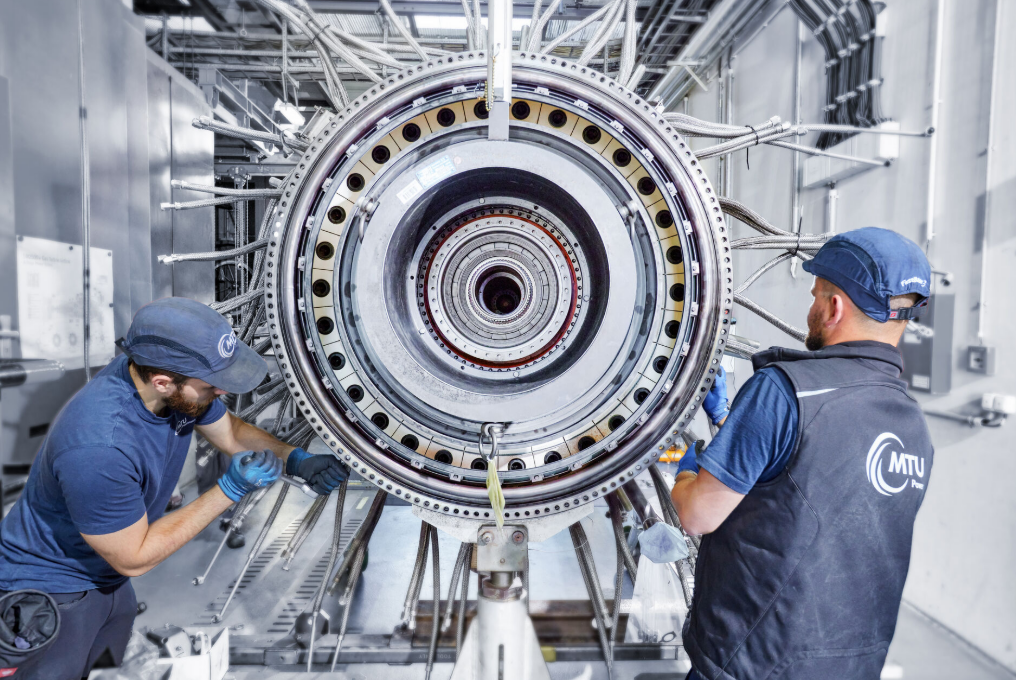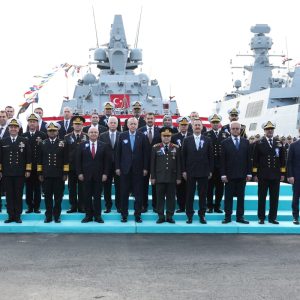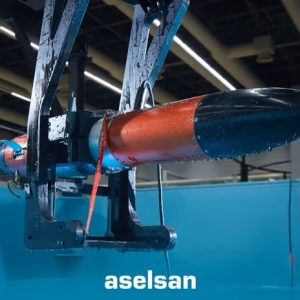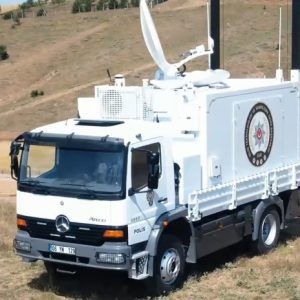MTU Aero Engines and GE Aerospace will deepen their work on industrial gas turbines and push into naval propulsion. The focus is the LM2500 naval gas turbine. The higher‑power LM6000 will complement it. The plan aligns production, packaging and global MRO under a Germany‑anchored network.
Announced on 8 September 2025, the move formalises a long partnership in aero‑derivative power [2][3]. MTU already builds LM‑series parts and supports fleets worldwide. Now the partners aim to serve naval operators that need proven performance, short logistics chains and stable life‑cycle costs [3][9]. The LM2500 naval gas turbine, derived from GE’s CF6, is already a reference engine for frigates and fast combatants across allied navies [7][11][15]. It wins on reliability and on commonality with industrial variants.
What the MTU–GE deal means for navies
The timing matters. Germany is advancing the Type F127 next‑generation air‑defense frigate. TKMS has formed a joint venture with NVL Group to run the project. The baseline covers five ships, with options still open [2][3][12][16]. The LM2500 naval gas turbine is a leading candidate. It already powers German frigates. Therefore, integration risk and schedule risk are lower than with unproven machinery [2][7].
Beyond Germany, the deal points to a more regional support model in Europe. MTU’s Ludwigsfelde site is a centre for LM‑series industrial turbines. It is adding a 10,500 m² facility and plans a 30% rise in LM maintenance output versus 2024 [13][17]. In addition, the partners may centralise “packaging” — preparing turbines for shipboard or stationary use — at Ludwigsfelde for the global market, excluding the U.S. [2][3]. That would shorten supply lines, simplify export steps and cut lead times for NATO and partner navies.
Operational impact is direct. More than a thousand LM2500s are at sea, with a strong reliability record. Navies benefit from deep spares pools, trained technicians and mature digital maintenance. Aligning MTU’s MRO network with GE depots should raise availability for frigate squadrons. It should also reduce time‑to‑recovery after major overhauls, when logistics friction often cancels missions [7][15].
Technical focus: LM2500 vs. LM6000—power, density and integration
Technically, the engines sit at different points on the power‑density curve. The LM2500 naval gas turbine offers a compact footprint that suits CODAG/CODOG arrangements on frigates and large corvettes. By contrast, the LM6000 delivers much higher power. It fits high‑demand profiles and some integrated‑electric concepts on larger combatants and auxiliaries [11][15]. Ship designers weigh shaft power, acoustics, intake and exhaust routing, and the maintenance envelope. Existing LM2500 integration can also de‑risk later LM6000 adoption when hulls need headroom.
Moreover, module commonality across the LM family simplifies training and inventory. The planned packaging standard at Ludwigsfelde could harmonise foundations, mounts, controls and auxiliaries. Yards and navies could then treat the LM2500 naval gas turbine and its siblings as a configurable product line, not bespoke one‑offs [2][3].
“MTU is technologically outstanding, closely connected with the German military, and globally positioned with strong service capabilities.” — Mark Musheno, VP Sales & Marketing, GE Aerospace [2][3]
The companies’ statements stress a simple idea: scale aviation‑grade maintenance into naval propulsion. For the German Navy, which already fields LM‑powered frigates, continuity counts. For allied buyers refreshing propulsion trains, an interoperable support ecosystem is a real advantage. Today’s shipyard bottlenecks and contested supply chains make that advantage even larger [2][7][12].
Industrial implications: localisation, resilience, and Europe’s naval base
Industrially, the partnership supports resilience in Europe. Local assembly, packaging and overhaul of the LM2500 naval gas turbine family inside the EU reduce exposure to trans‑Atlantic bottlenecks and currency swings. Yet the work stays compatible with GE’s global supply web. In practice, a mature hub can smooth utilisation by pulling in naval, merchant and stationary‑power work as defence demand rises and falls [3][13][17].
This shift also helps Germany’s shipyards. The TKMS–NVL model implies distributed construction for F127. Propulsion readiness often sits on the critical path. A consolidated packaging and MRO model shortens integration cycles at Wismar, Hamburg and other yards. It also eases modernisation: new controls, lighter modules or improved enclosures can drop in without redesigning the whole machinery space [2][3][16][20].
Finally, the energy transition shapes naval choices. Aero‑derivative turbines excel at transient response and power density. With advanced exhaust treatment and future synthetic fuels, they offer a credible lower‑emission bridge. The LM2500 naval gas turbine therefore remains a pragmatic pick for fleets that need endurance today and upgrade paths tomorrow [7][15][21].
Key Facts
• MTU and GE Aerospace deepen collaboration for naval propulsion based on the LM2500 naval gas turbine and LM6000 [2][3].
• Packaging work may be centralised at MTU Maintenance Ludwigsfelde for the global market (ex‑U.S.) [2][3].
• MTU is expanding Ludwigsfelde with a new 10,500 m² facility and targets a 30% LM‑series MRO increase vs 2024 [13][17].
• The LM2500 is a candidate for Germany’s F127 frigates; TKMS–NVL JV leads industrial execution [2][3][12][16].
Internal link: For a complementary view on naval combat systems shaping future surface combatants, see our analysis of China’s LY‑1 shipboard laser and its implications for layered defence [1].
Conclusion
In sum, the MTU–GE plan consolidates an ecosystem around the LM2500 naval gas turbine. If packaging and MRO centralise at Ludwigsfelde, and if F127 follows the established LM2500 route, navies gain stability. They also gain predictable availability and modular upgrade options. In a market driven by schedule pressure and contested seas, reliability is strategy.
Further Reading
- GE Aerospace — LM2500 Marine Gas Turbine
- Germany formally approves Type F127 (Naval News)
- TKMS & NVL Joint Venture for F127
- MTU scales LM‑series facility in Germany
References
[1] Defence Agenda — China’s LY‑1 naval laser
[2] NavalToday — MTU and GE Aerospace expand partnership into naval sector
[3] MTU — Aerospace experts set sail for the naval market (press release)
[7] GE Aerospace — LM2500 official page
[9] MTU Maintenance Berlin‑Brandenburg overview
[11] MTU — LM2500 industrial gas turbine
[12] Naval News — F127 programme approved
[13] MRO Business Today — MTU LM‑series facility expansion
[15] GE — LM2500 datasheet (PDF)
[16] NavalToday — TKMS & NVL set up JV
[17] MTU — Industrial gas turbines (Ludwigsfelde)
[20] EDR — MEKO A‑400 AMD (context for F127 industrial base)











